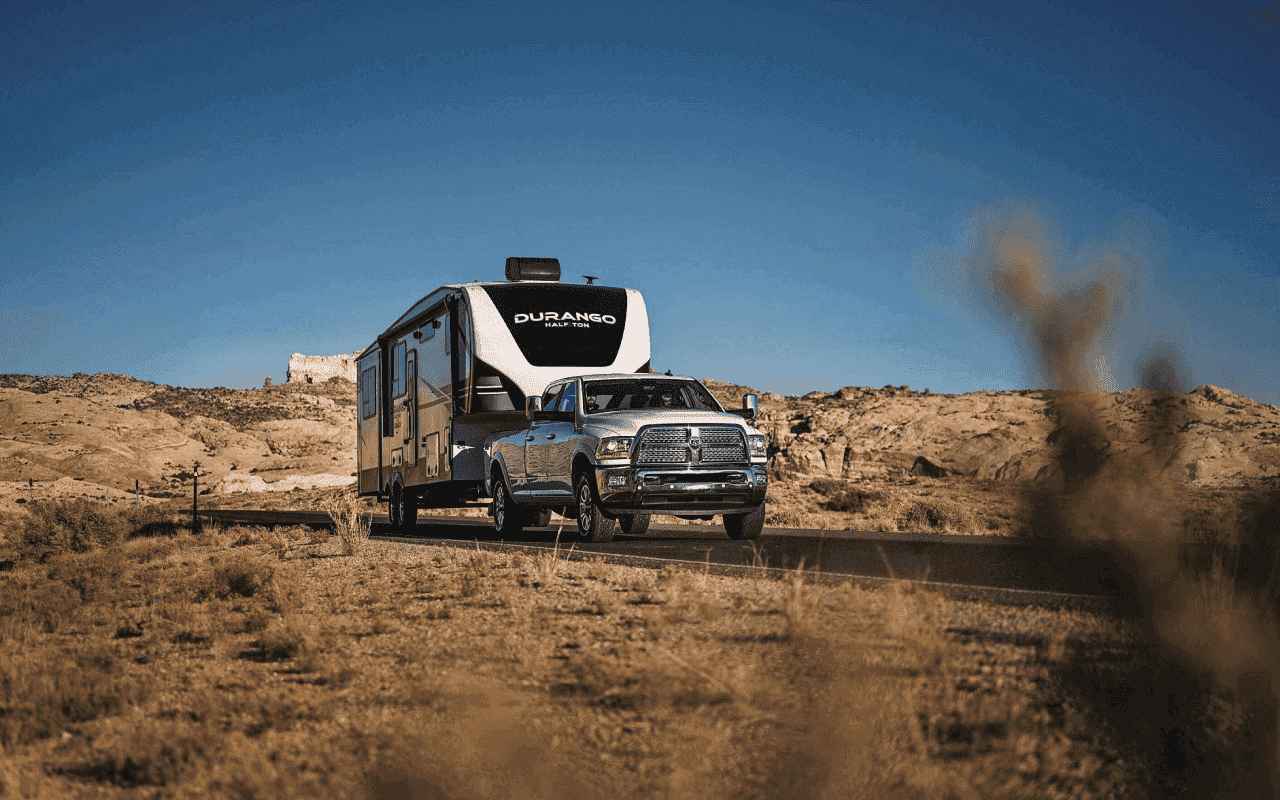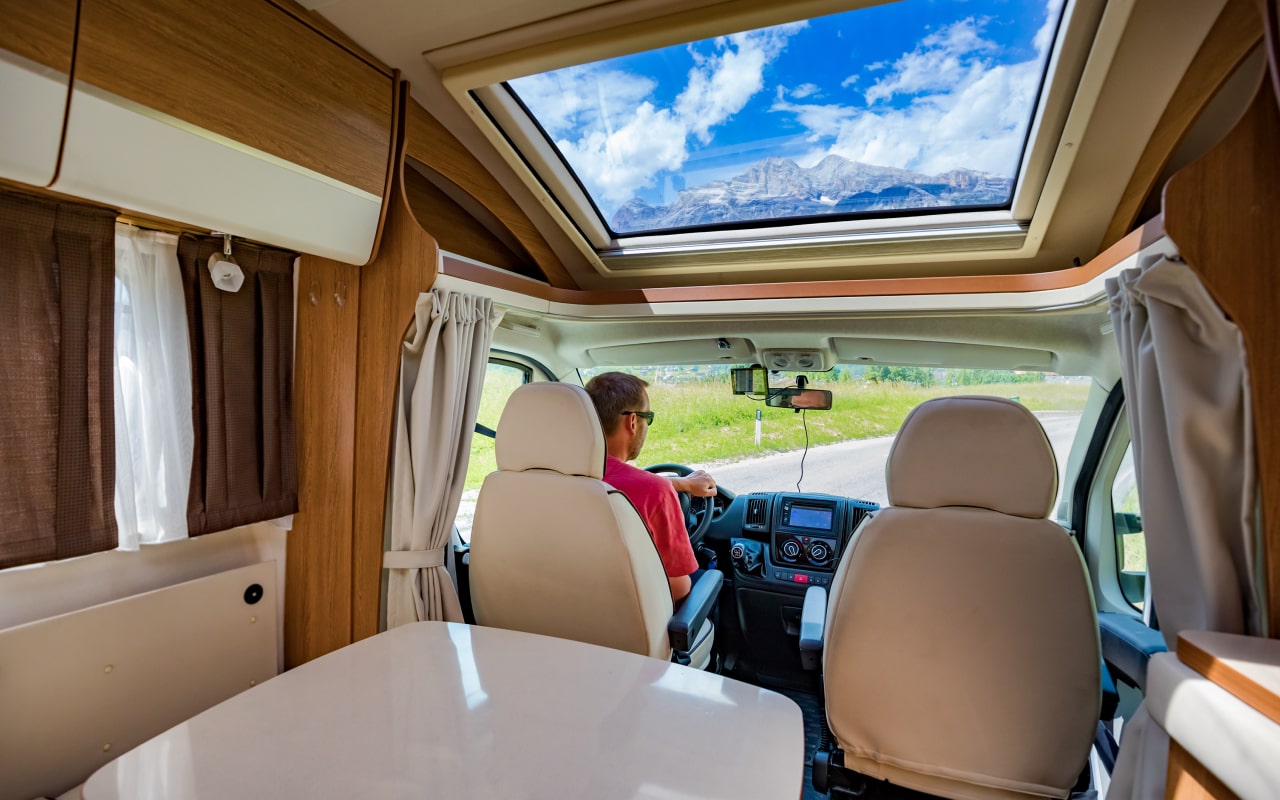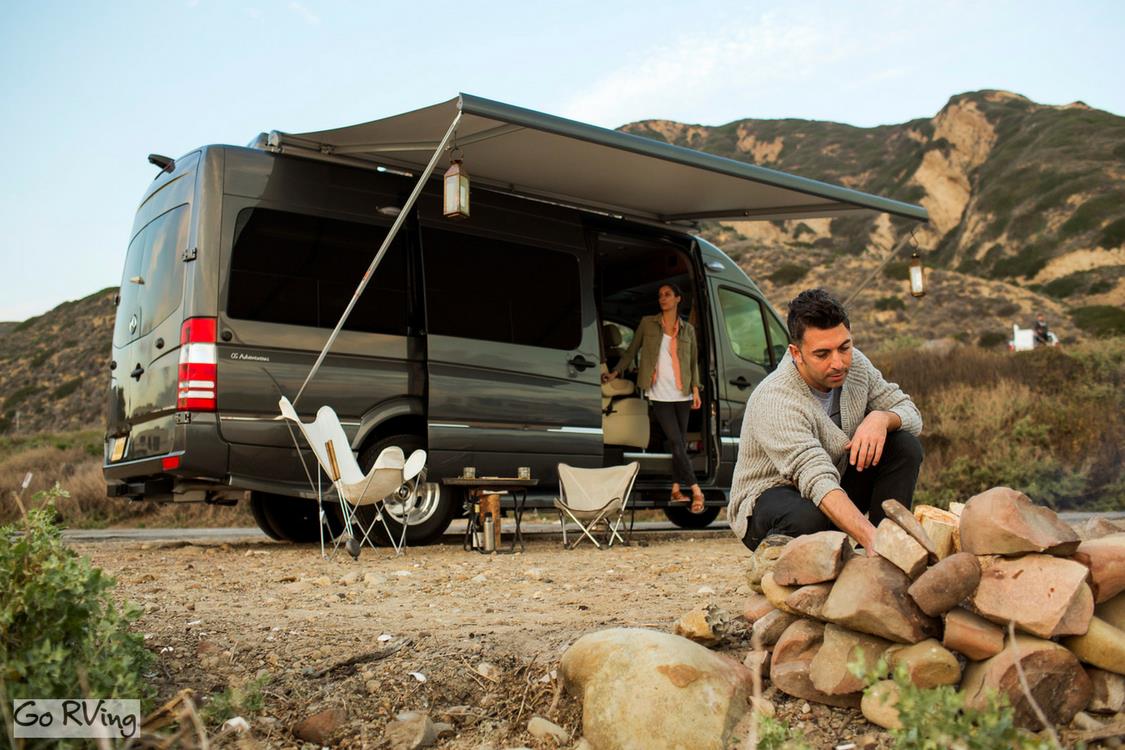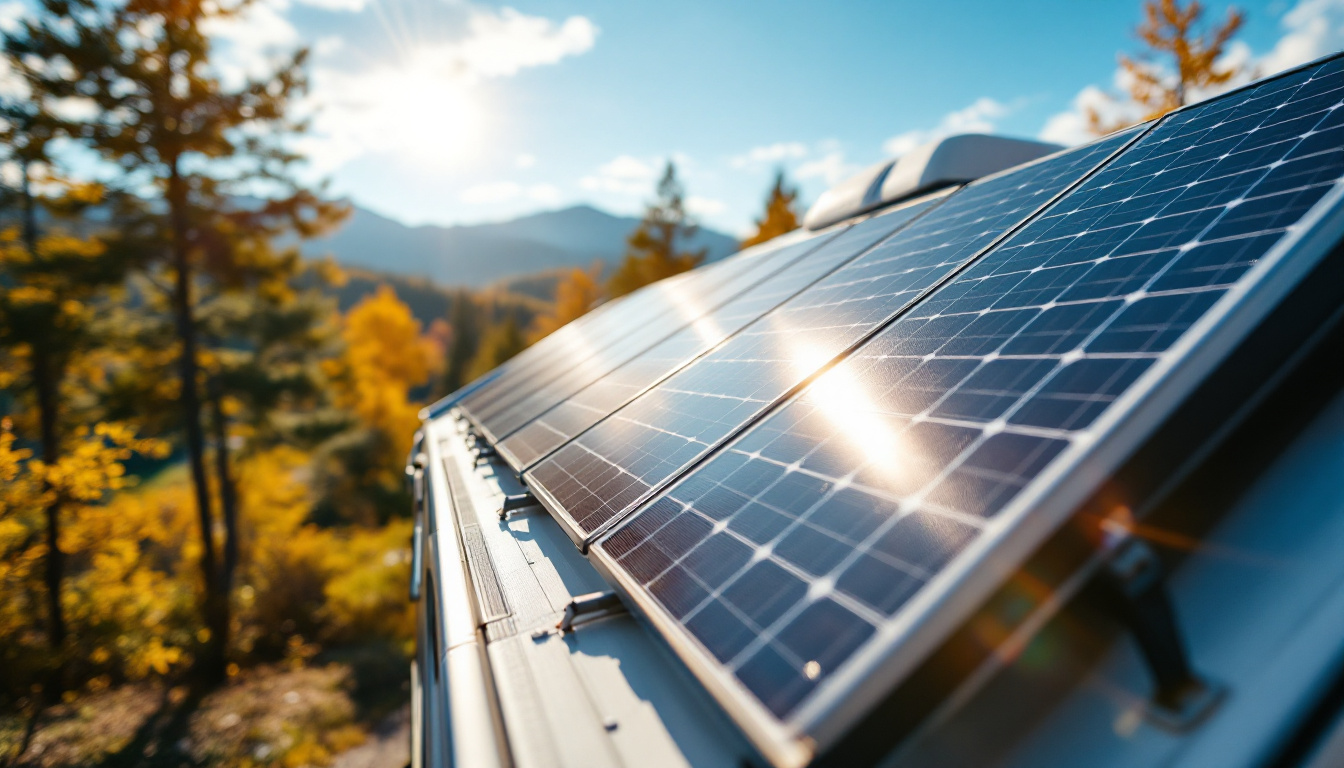
Understanding RV Solar Power Systems
RV solar power systems consist of several components that work together to harness sunlight and convert it into usable electricity. The primary components include solar panels, a charge controller, batteries, and an inverter.
Solar Panels
Solar panels are the heart of any solar power system. They capture sunlight and convert it into direct current (DC) electricity. There are different types of solar panels available, including monocrystalline, polycrystalline, and thin-film panels. Each type has its pros and cons, but monocrystalline panels are often favored for RVs due to their higher efficiency and space-saving design. Additionally, the installation angle and orientation of solar panels can significantly impact their performance. For optimal energy capture, it's essential to mount panels at an angle that maximizes exposure to the sun throughout the day, which may require adjustable mounting systems or careful planning of the RV's parking position.
Charge Controller
The charge controller is a crucial component that regulates the voltage and current coming from the solar panels to the batteries. It prevents overcharging and ensures that the batteries are charged efficiently. There are two main types of charge controllers: PWM (Pulse Width Modulation) and MPPT (Maximum Power Point Tracking). MPPT controllers are generally more efficient, making them a popular choice for RV solar systems. Furthermore, some advanced charge controllers come equipped with Bluetooth or Wi-Fi connectivity, allowing users to monitor their system's performance in real-time via a smartphone app. This feature can be particularly beneficial for RV enthusiasts who want to optimize their energy usage while on the road.
Batteries and Inverters
Batteries store the electricity generated by the solar panels for later use. Deep-cycle batteries are commonly used in RV solar systems because they can be discharged and recharged multiple times without damage. An inverter is needed to convert the stored DC electricity into alternating current (AC) electricity, which is what most RV appliances require. It's also worth noting that there are different types of inverters, such as pure sine wave and modified sine wave inverters. Pure sine wave inverters are recommended for sensitive electronics, as they provide a cleaner and more stable power output, reducing the risk of damage to devices like laptops and televisions. Additionally, the capacity of the battery bank and the inverter's wattage rating should be carefully matched to the power demands of the RV to ensure a reliable and efficient energy system.
Benefits of RV Solar Power
Adopting solar power for RVs comes with a host of benefits that enhance the overall RVing experience. From environmental advantages to practical considerations, here are some key benefits to consider.
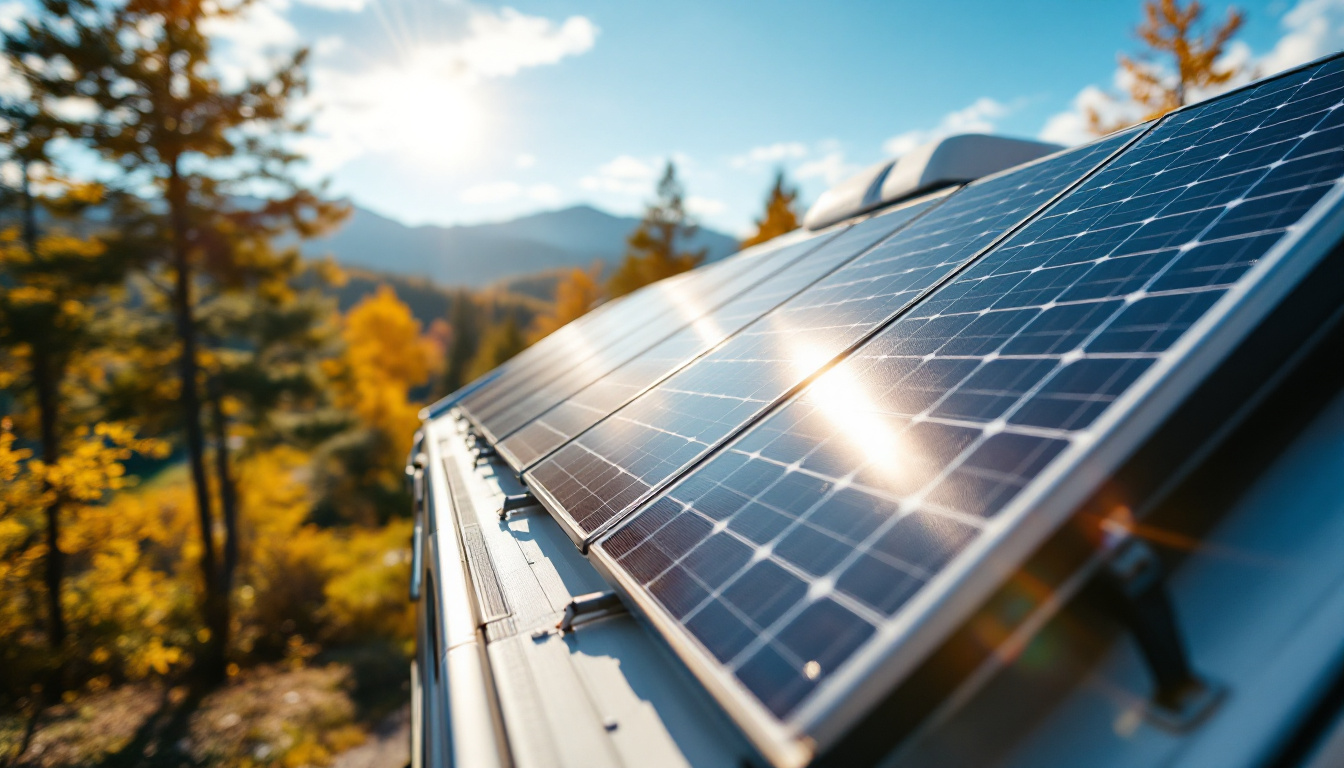
Environmental Impact
Using solar power significantly reduces the carbon footprint associated with RV travel. Unlike traditional generators that rely on fossil fuels, solar energy is renewable and clean. By harnessing the sun's power, RVers can enjoy their adventures while minimizing their environmental impact.
Cost Savings
While the initial investment in a solar power system may seem high, the long-term savings can be substantial. With solar power, RVers can reduce or eliminate the need for fuel for generators, which can be quite expensive over time. Additionally, solar power can help avoid campground fees for electricity hookups, allowing for more freedom in choosing camping locations.
Increased Independence
Solar power gives RVers the freedom to camp off the grid without worrying about power sources. Whether parked in a remote location or enjoying a national park, a solar power system allows for greater flexibility and spontaneity in travel plans. This independence can lead to more memorable adventures and a deeper connection with nature.
Getting Started with RV Solar Power
Transitioning to solar power for an RV can seem daunting, but with the right approach, it can be a straightforward process. Here are some steps to consider when setting up an RV solar power system.
Assess Your Power Needs
Before investing in a solar power system, it's essential to determine how much electricity is needed. This involves calculating the wattage of all the appliances and devices that will be used in the RV. Common items include lights, refrigerators, and electronics. By understanding power requirements, RVers can choose the right size and number of solar panels and batteries.
Choose the Right Components
Once power needs are assessed, it's time to select the components for the solar power system. Consider factors such as the type of solar panels, the capacity of the batteries, and the efficiency of the charge controller and inverter. Researching different brands and reading reviews can help in making informed decisions.
Installation Options
Installation can be done in a few different ways. Some RVers opt for DIY installation, which can be cost-effective but requires some technical knowledge. There are plenty of online resources and guides available to assist with this process. Alternatively, hiring a professional installer can ensure that the system is set up correctly and safely, providing peace of mind.
Maintaining Your RV Solar Power System
Once the solar power system is installed, regular maintenance is essential to ensure optimal performance. Here are some tips for keeping the system in top shape.
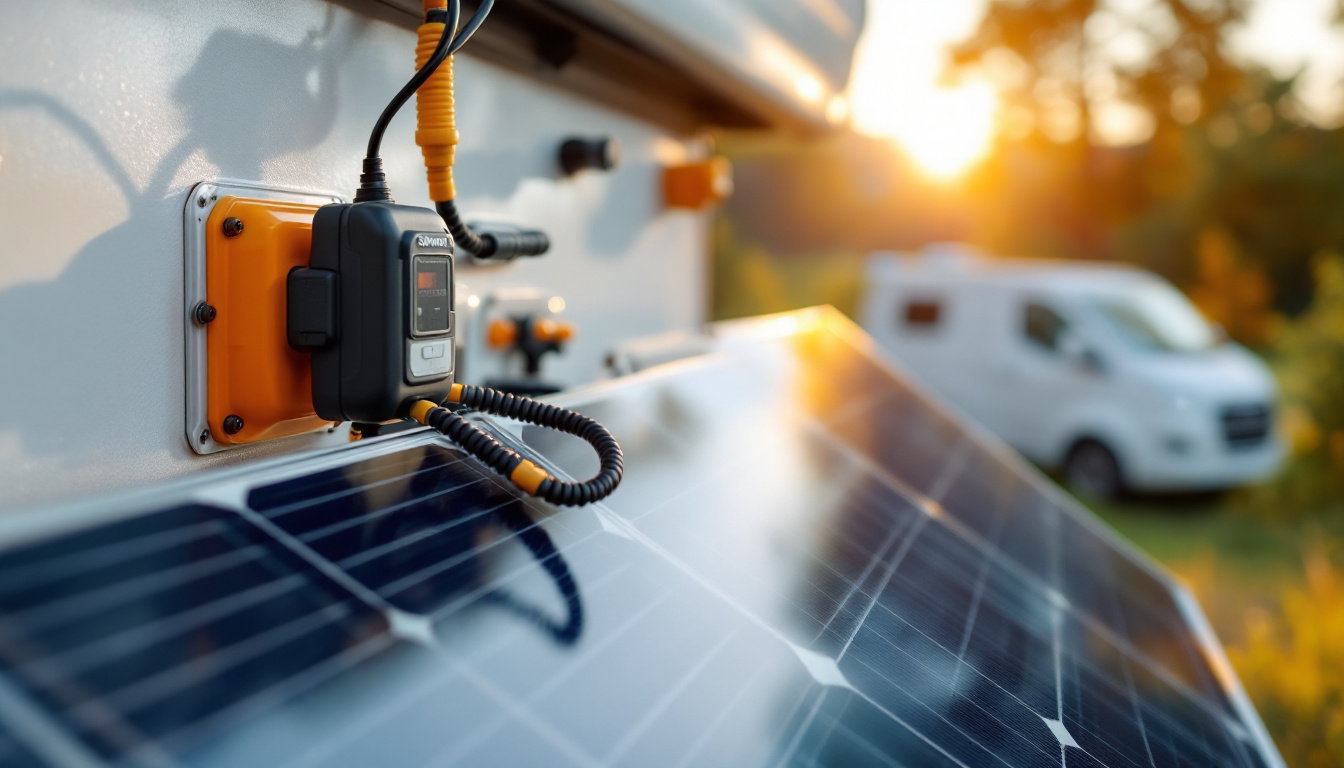
Regular Inspections
Conducting regular inspections of the solar panels, wiring, and connections can help identify any issues early on. Look for signs of wear, corrosion, or damage. Cleaning the solar panels periodically is also important, as dirt and debris can reduce their efficiency.
Battery Maintenance
Batteries require special attention to maximize their lifespan. Ensure that they are kept charged and check the water levels in flooded lead-acid batteries regularly. Lithium batteries, while more expensive, require less maintenance and can be a worthwhile investment for frequent RVers.
Monitoring Performance
Many modern solar power systems come with monitoring tools that allow RVers to track their energy production and consumption. Keeping an eye on performance can help identify any potential issues and optimize energy usage.
Conclusion
RV solar power is more than just a trend; it’s a practical and sustainable way to enhance the RVing experience. With numerous benefits, including environmental sustainability, cost savings, and increased independence, it’s no wonder that more RVers are making the switch to solar energy. By understanding the components of a solar power system and following the steps to get started, anyone can enjoy the freedom of the open road while harnessing the power of the sun.
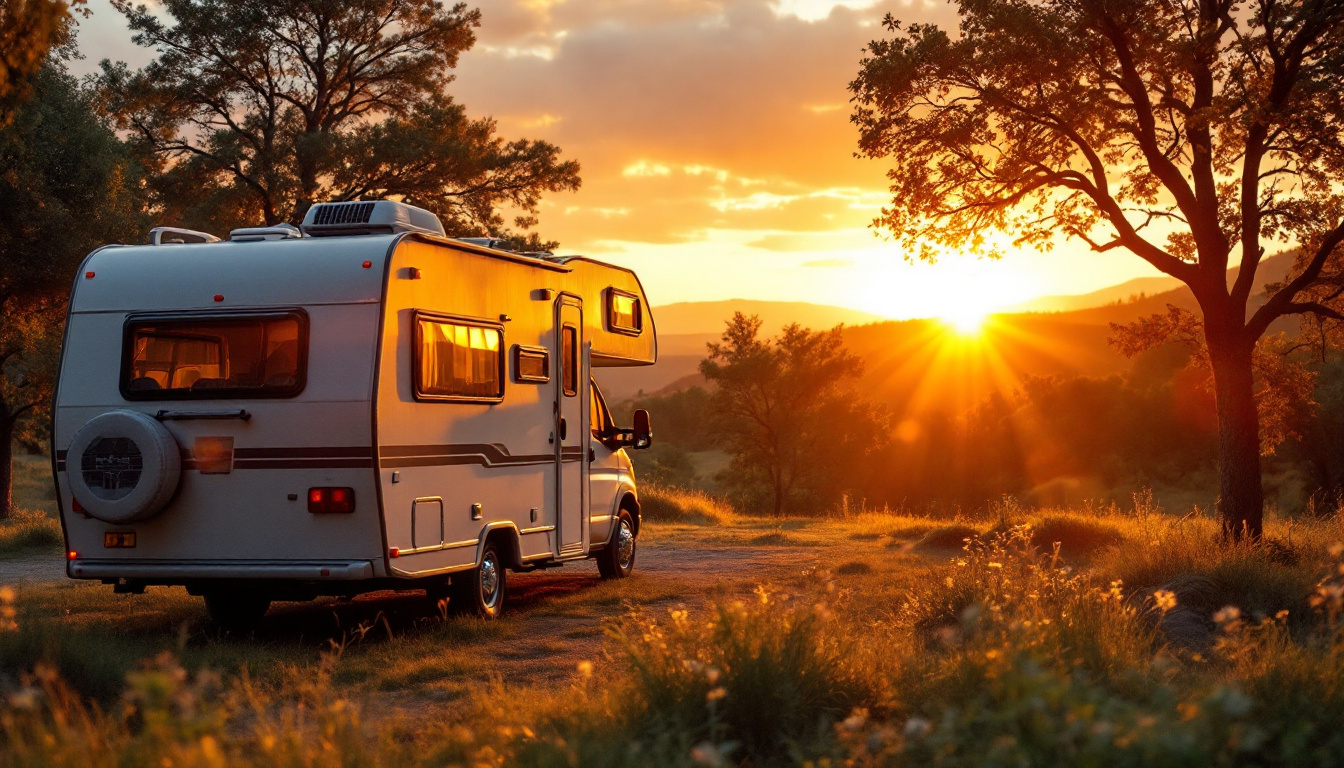 Ask An Expert
Ask An ExpertStart Your Solar-Powered Journey with Lazydays RV
Ready to embrace the solar-powered RV lifestyle? At Lazydays RV, we're here to help you find the perfect solar-ready RV to fuel your passion for eco-friendly adventures. With the nation's largest selection of RVs and a team of experts eager to guide you, you can confidently embark on your journey towards sustainable travel. Shop Now and discover how Lazydays RV can enhance your road trips with the power of the sun.

